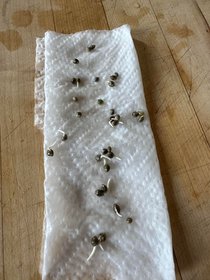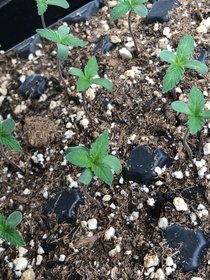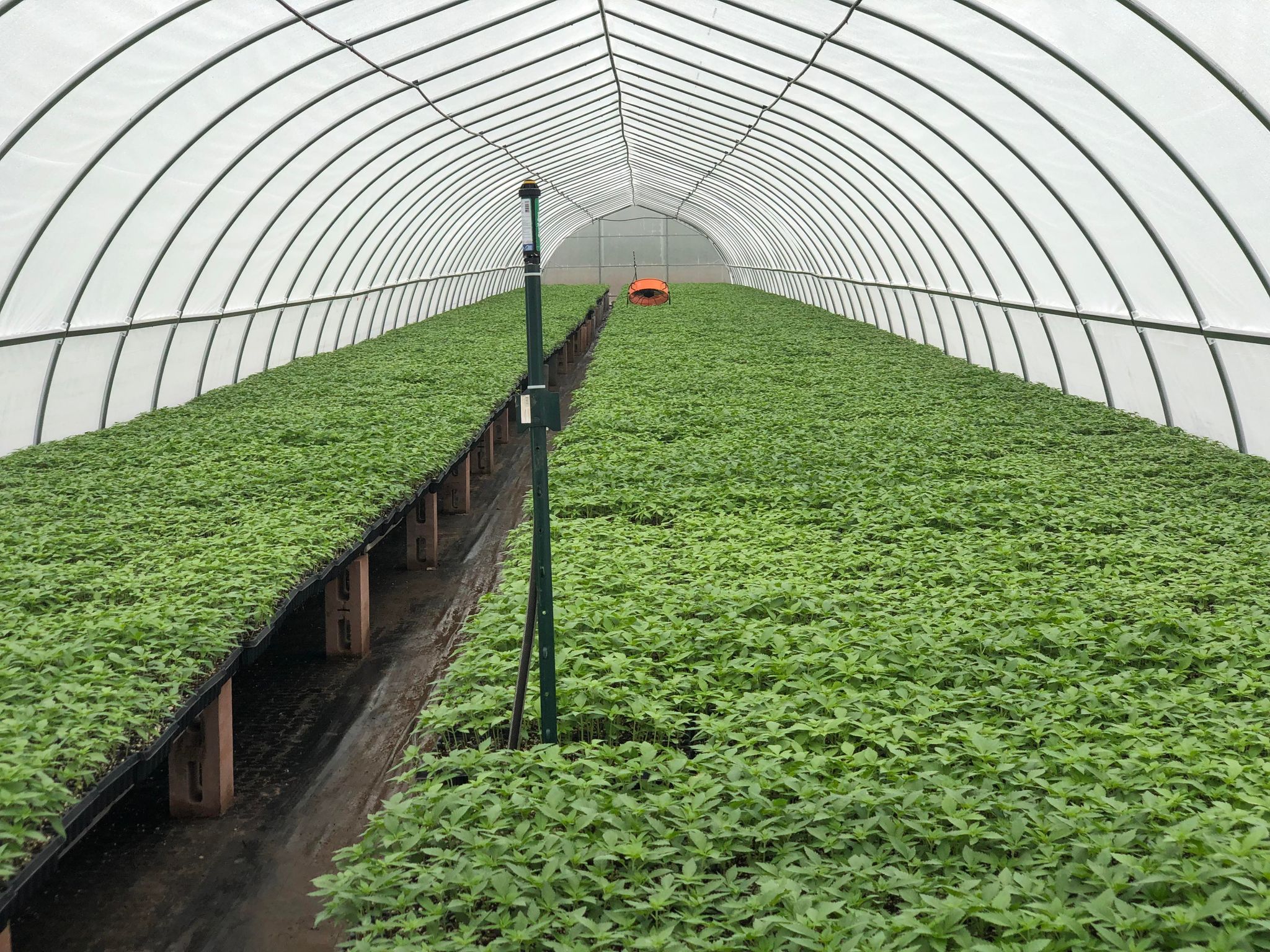Germinating Cannabis Seeds – A Step-By-Step Guide
Germinating Cannabis Seeds: A Comprehensive Guide
Embarking on the journey of growing your own cannabis is exciting, yet demands certain knowledge. Whether you’re a beginner or an expert, understanding the science behind germination can drastically improve your success rates. This guide will take you through the entire process, combining traditional methods with scientific insights.
Understanding the Importance of Healthy Seeds
Starting with mature and healthy seeds is the first step. At Greenpoint Seeds, we ensure our customers receive the best seeds through rigorous selection processes. However, it’s crucial to note that inconsistent germination rates aren’t always a sign of poor genetics. Factors like seed age, storage conditions, or even the thickness of the husk can influence germination.
Link to scientific study on hermetically sealed seeds
The Science Behind Germination
When seeds start absorbing water, a process called imbibition begins. This triggers metabolic processes inside the seed, including enzyme activity. As the seed hydrates, it breaks down stored starches for energy, preparing to sprout and eventually photosynthesize.
Creating the Right Environment for Germination
Seeds germinate best in warm, moist conditions. As growers, we must replicate these natural conditions. Here’s a step-by-step guide, backed by science, to ensure successful germination:
Germinating Cannabis Seeds: Step-by-Step Guide
Materials Needed:
- 10 Greenpoint Seeds
- Shot Glass
- 10 Rapid Rooters
- Tray & Tray Insert
- Plain Water
Procedure:
-
Soak seeds in a shot glass with room temperature water for 24-36 hours. This triggers imbibition.
- Scientific Insight: Some growers add hydrogen peroxide to increase dissolved oxygen and reduce bacteria. However, this can strip beneficial bacteria. An alternative is soaking seeds in microbial solutions for a short period, ensuring they don’t break down the seeds. Read more on soil aeration and germination
-
Store the shot glass in a dark place with temperatures of 70-80°F.
-
Monitor seeds for 24-48 hours. If they haven’t cracked or sprouted, check every 6-12 hours.
-
Soak the Rapid Rooters in room temperature water.
-
Place each germinated cannabis seed inside its Rapid Rooter, taproot down. Cover the hole for moisture retention.
-
Monitor the seeds for sprouting. Lightly water every 2-3 days to keep the Rooters moist.
-
When the seedling surfaces and the taproot grows out of the plug’s bottom, transplant it.
-
Move on to the Cannabis Seedling Stage.

Additional Tips & Methods for Successful Germination
-
The Paper Towel Method: A traditional method where seeds are placed in a moist paper towel and monitored for sprouting. Ensure proper air circulation and avoid letting roots grow into the paper towel.
-
Multi-Site Sprouting Trays: Ideal for large-scale germination. It’s vital to maintain moisture and avoid drying out the seeds.
-
Small Pot Approach: Directly planting seeds in small pots can be more demanding but leads to vigorous growth. Ensure air circulation, maintain soil moisture, and transplant when roots touch the pot’s sides.
-
Direct Sowing: Planting seeds directly into the final soil mass. This method demands mastery over soil moisture and photoperiods but yields large plants, especially outdoors.
-
Root Development & Light Management: Avoid any root constriction and ensure roots fully utilize the soil. After the cotyledon emerges, provide sufficient light, ideally between 100-300 PPFD.
Boosting Germination with Scientific Inputs
Certain compounds can enhance germination:
-
Gibberellin: A growth hormone triggering germination, especially useful for older seeds. Purchase here.
-
Amino Acids, Enzymes, and Fulvic Acid: Beneficial for germination rate and vigor. Use sparingly and follow product guidelines.
Storing Cannabis Seeds for Longevity
Store seeds in airtight containers, avoiding oxygen exposure, extended light, and temperature fluctuations. A consistent 70°F is ideal. Refrigeration can be used in fluctuating climates.
In Summary: Keys to Seed Germination Success
Germinating seeds is both an art and science. Balancing moisture, temperature, light, humidity, and air can be challenging, but mastering these elements leads to the best germination rates and vigorous growth. Ready to embark on your cannabis cultivation journey? We’re here to guide and support you every step of the way. Share your germination stories with us or ask any questions in the comments below. Here’s to successful sprouting and thriving plants!
